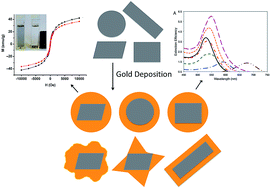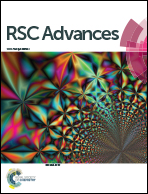Synthesis and properties of magnetic-optical core–shell nanoparticles
Abstract
Due to their high integrity, facile surface chemistry, excellent stability, and dual properties from the core and shell materials, magnetic–plasmonic core–shell nanoparticles are of great interest across a number of science, engineering and biomedical disciplines. They are promising for applications in a broad range of areas including catalysis, energy conversion, biological separation, medical imaging, disease detection and treatment. The technological applications have driven the need for high quality nanoparticles with well controlled magnetic and optical properties. Tremendous progress has been made during past few decades in synthesizing and characterizing magnetic–plasmonic core–shell nanoparticles, mainly iron oxide–gold core–shell nanoparticles. This review introduces various approaches for the synthesis of spherical and anisotropic magnetic–plasmonic core–shell nanoparticles focusing on iron oxide–gold core–shell nanoparticles. Growth mechanisms are discussed to provide understanding of the key factors controlling shape-controlled synthesis. Magnetic and optical properties are summarized from both computational and experimental studies.

- This article is part of the themed collections: 2018 Open Access Week Collection, 2017 and 2018 RSC Advances Reviews from Around the World and 2017 Review articles


 Please wait while we load your content...
Please wait while we load your content...